Can Dogs Eat Bread?
Can Dogs Eat Bread?
Technically dogs can eat bread. It will not harm them but bread should generally be avoided as it is widely considered a filler food. Bread is high in carbohydrates which can lead to obesity in dogs and does not contain any nutrients your dog will not be able to get elsewhere. There are breads that contain ingredients that are not toxic to humans but are toxic to dogs.
Why is bread not good for dogs?
Bread itself is not harmful to dogs unless your dog is allergic to any of its key ingredients such as wheat. However many breads contain seasonings or fruits that are harmful to dogs. Such as garlic and raisins.
Garlic is toxic to dogs but certain breeds such as the Akita and Shiba Inu are more sustainable to garlic poisoning. Garlic damages the blood cells which can lead to anemia as well as lethargy, weakness, nausea, drooling, pale gums, and abdominal pain. Garlic poisoning is not always obvious and can take days to be noticed. It’s important to call your veterinarian as soon as you suspect your dog has gotten into any garlic.
Raisins might seem like a tasty, portable treat for your dog but they are highly toxic and can cause renal failure. Renal failure generally occurs within 72 hours of ingestion but can occur in as little as 24 hours. Sometimes less depending on the size of your dog and how many raisins they ingested. As raisins are dried grapes, grapes should also be avoided.
Various nuts can be found in breads. Due to the high fat content in nuts, nuts can cause pancreatitis. They also may be coated in ingredients like cocoa or peppers which are toxic to dogs. These coatings add flavor to the bread but pose serious health risks to our canine companions.
If your bread contains an ingredient like peanut butter than it may also contain xylitol, also labeled as birch sugar. Xylitol is an artificial sweetener that is known to effect insulin levels and can cause hypoglycemia in as little as 10-15 minutes. Your dog may also experience acute liver failure due to xylitol consumption.
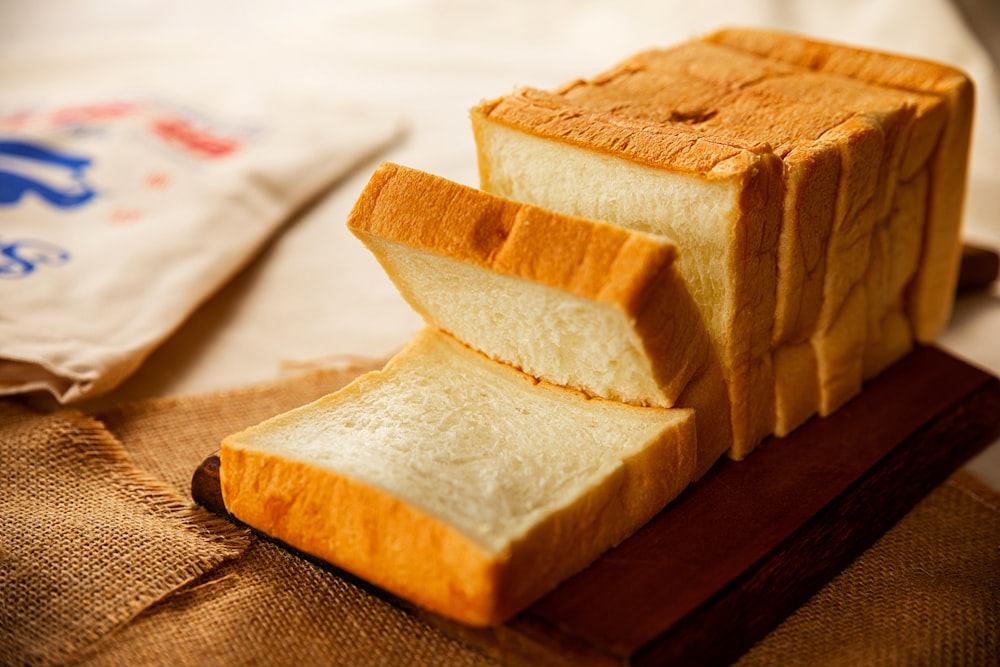
c: Charles Chen
Can my dog eat raw bread dough?
No. You should never give any animal raw bread dough – especially if it contains yeast. Yeast does not stop rising until it is full, as it is a living organism, and has consumed all the available nutrients. Yeast dough will cause a distending of the stomach as it will continue to expand within your dogs stomach and can cause a blockage. But this is not the biggest worry. As the yeast feeds, a build-up of toxic levels of ethanol in your dogs bloodstream begins to form. This alcohol toxicosis is the biggest concern.
Signs of alcohol toxicosis include:
- Vomitting (productive or unproductive)
- Distended stomach
- Disorientating and uncorrdination
- Weakness
- Coma
- Dangerously low body temperature
- Seizures
- Depression
Is there any bread that’s better than others?
During the COVID-19 pandemic many of us took up bread making. When you are making your own bread you know exactly what is in that loaf which makes it the safest option for your dog. If you need a good potato bread recipe I recommend this one from Taste of Lizzy T.
It’s still best to avoid giving your dog bread as it doesn’t provide any substantial health benefit to them. However, dogs can be picky and if your dog will only take their medication with bread it’s worth learning how to make your own.
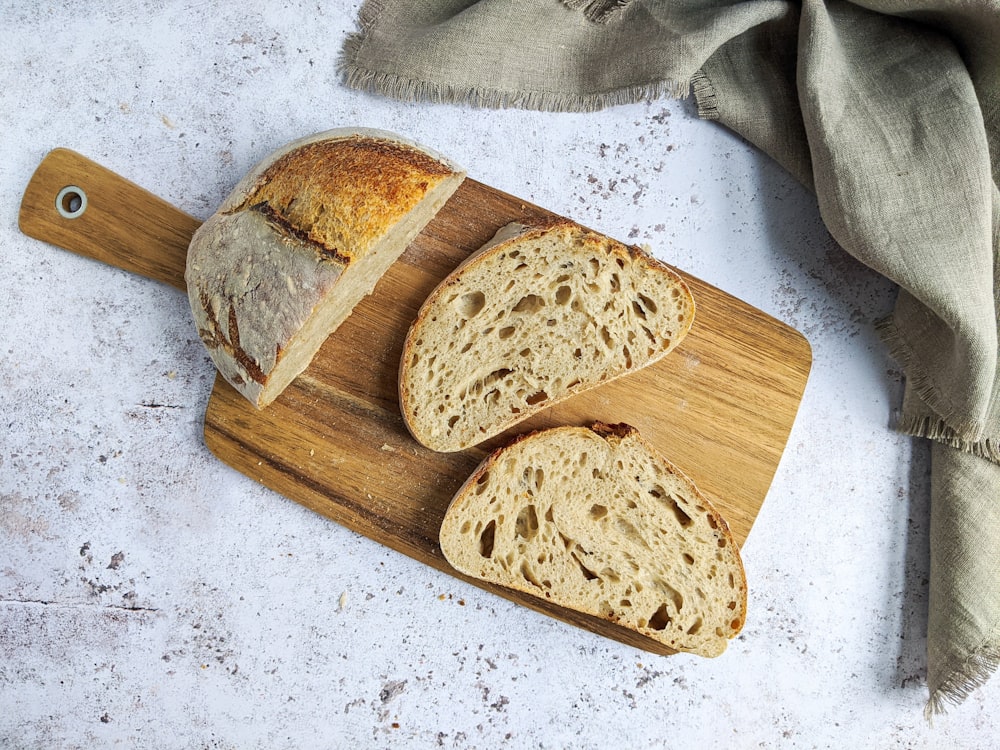
c: Debbie Widjaja
Can dogs eat bread?
Bread is technically safe for dogs to eat but it does not provide any substantial health benefits. Bread is loaded with carbohydrates which can lead to obesity in dogs. Due to the many types of bread, some may contain ingredients that are toxic to dogs such as garlic, raisins, nuts, and xylitol. If your dog will only take medicine in a piece of bread it’s best to make the bread yourself and ensure any extra dough is properly disposed of so it doesn’t end up in your dogs stomach and cause alcohol toxicosis.
Do you have any thoughts to add? Let us know in the comments!

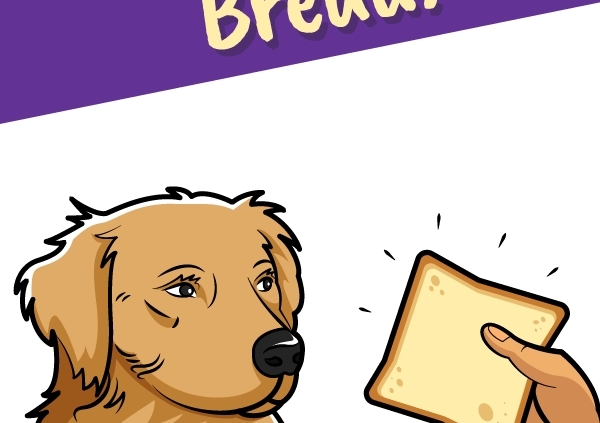

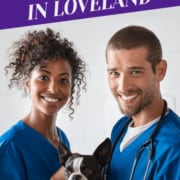

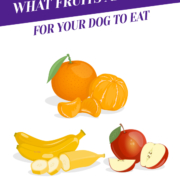



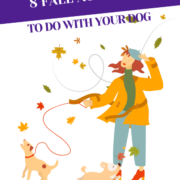
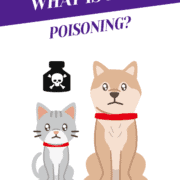




Leave a Reply
Want to join the discussion?Feel free to contribute!